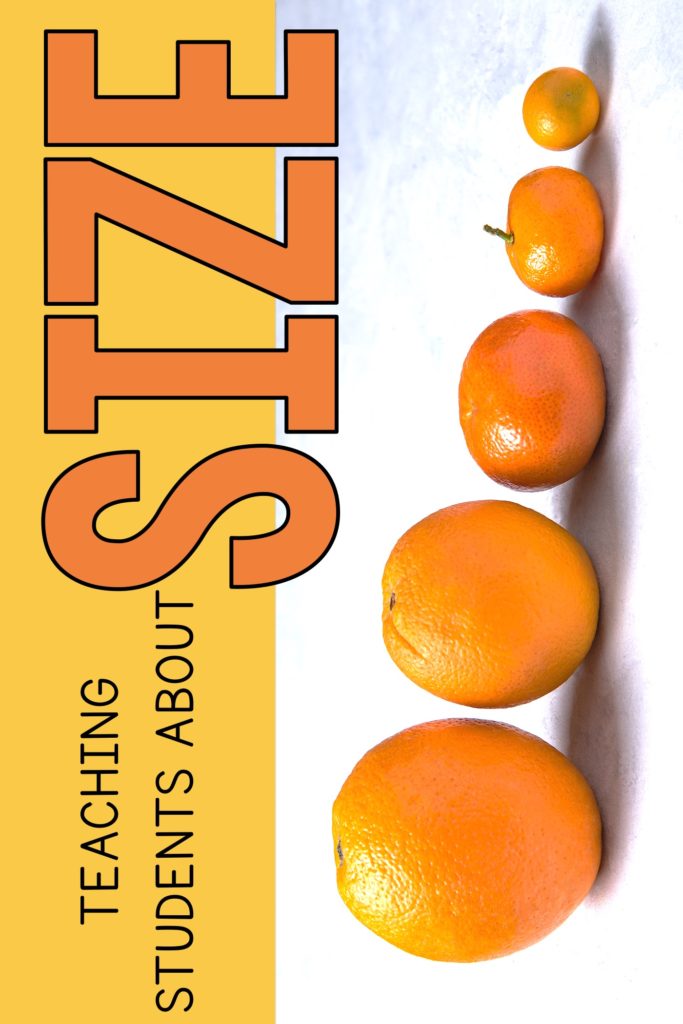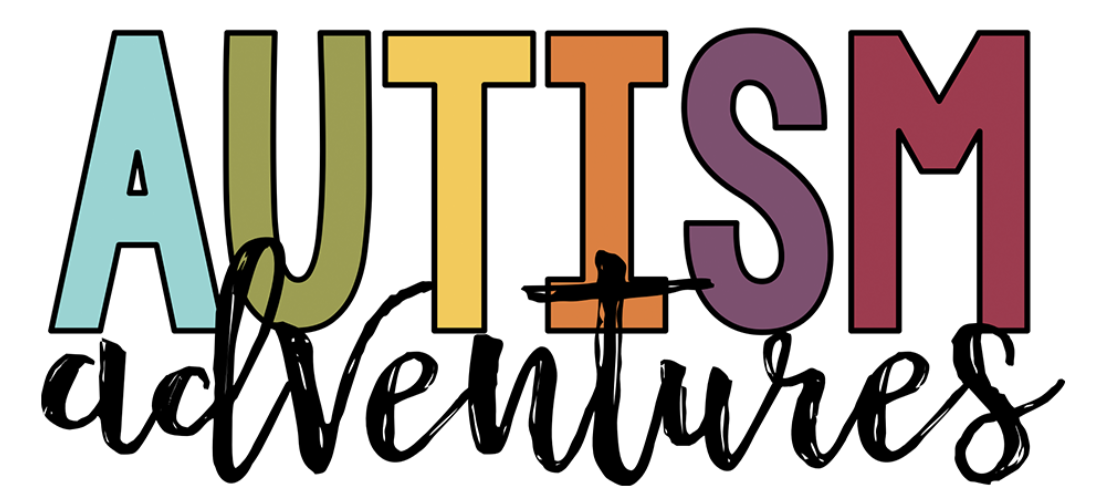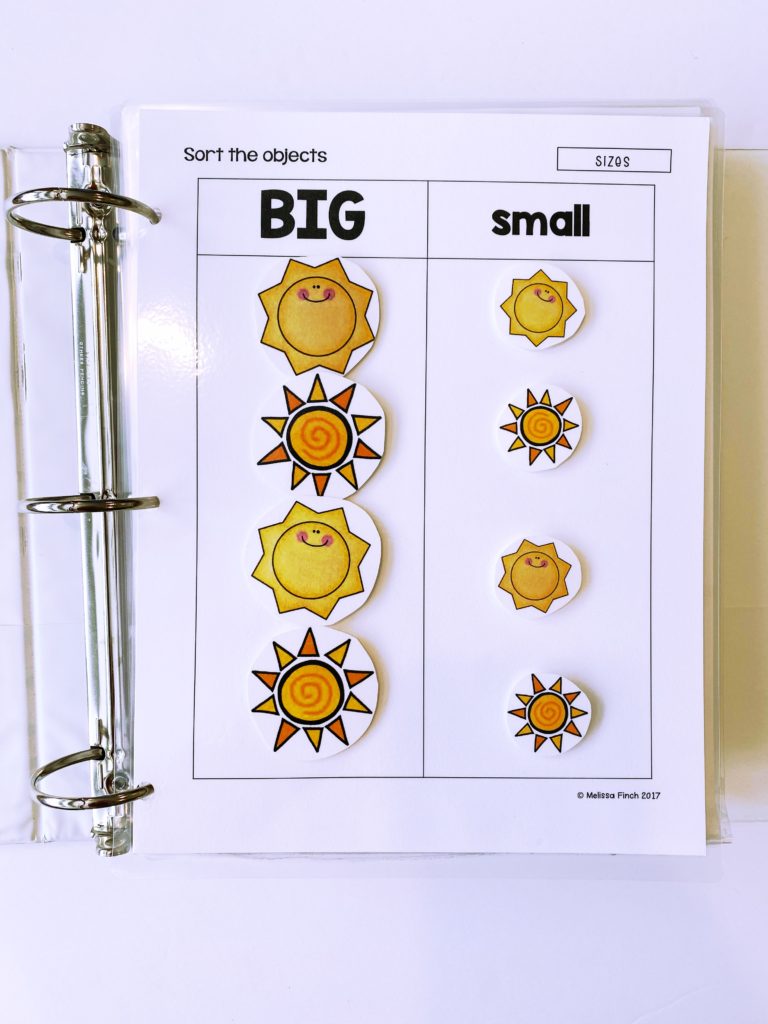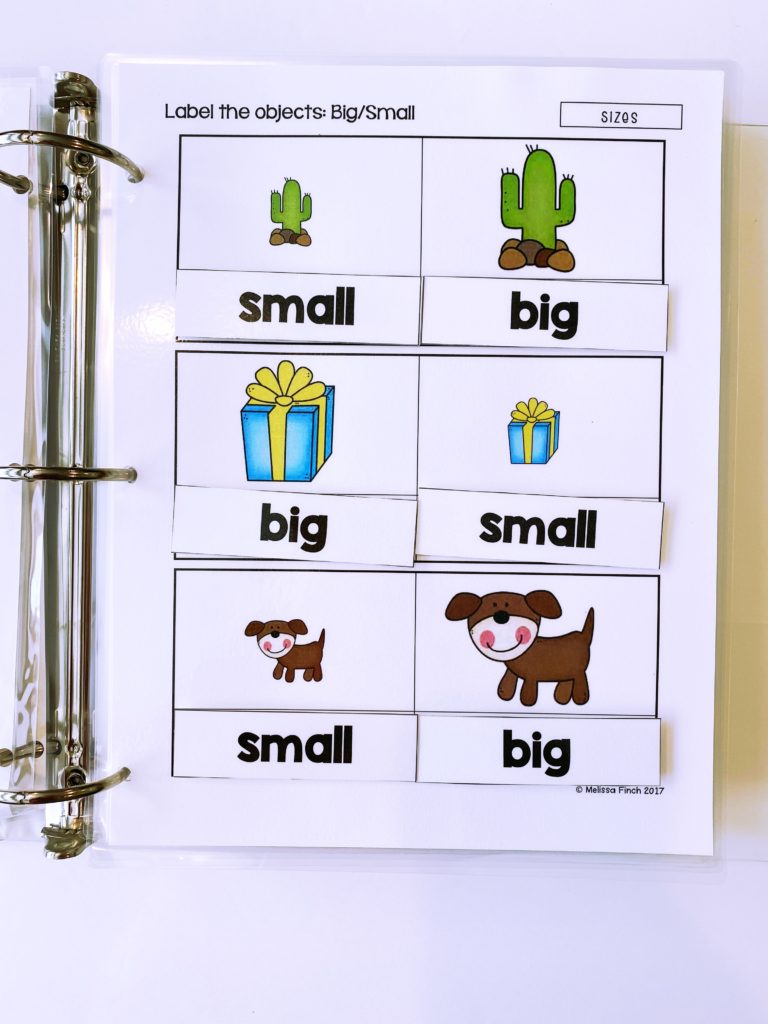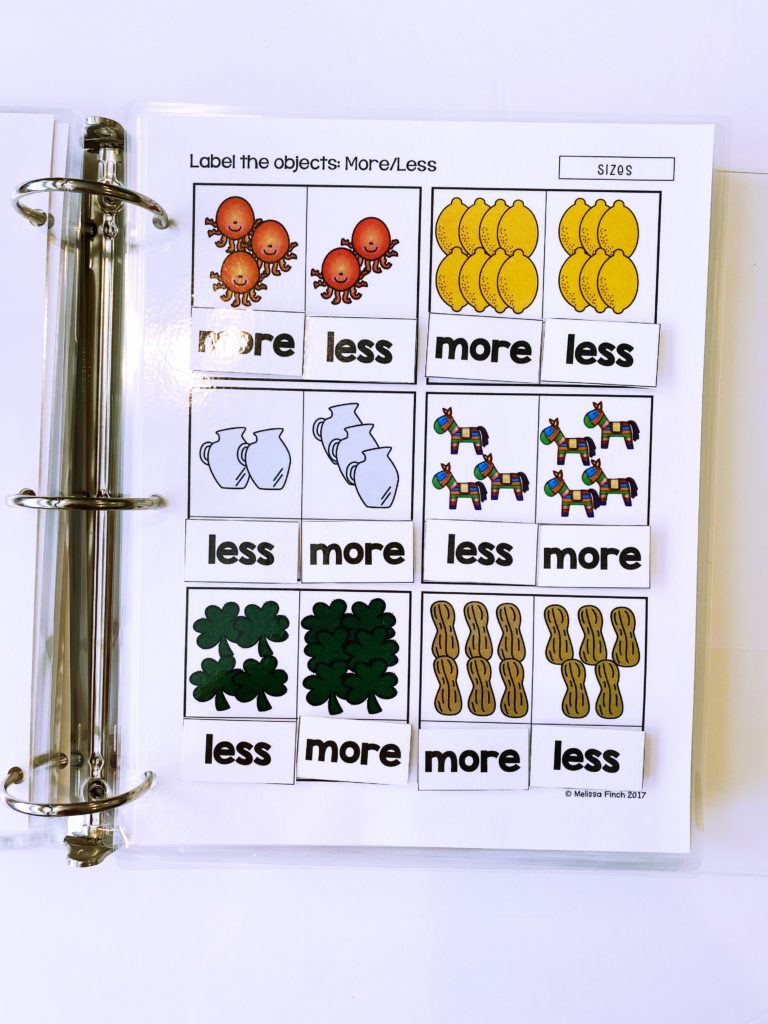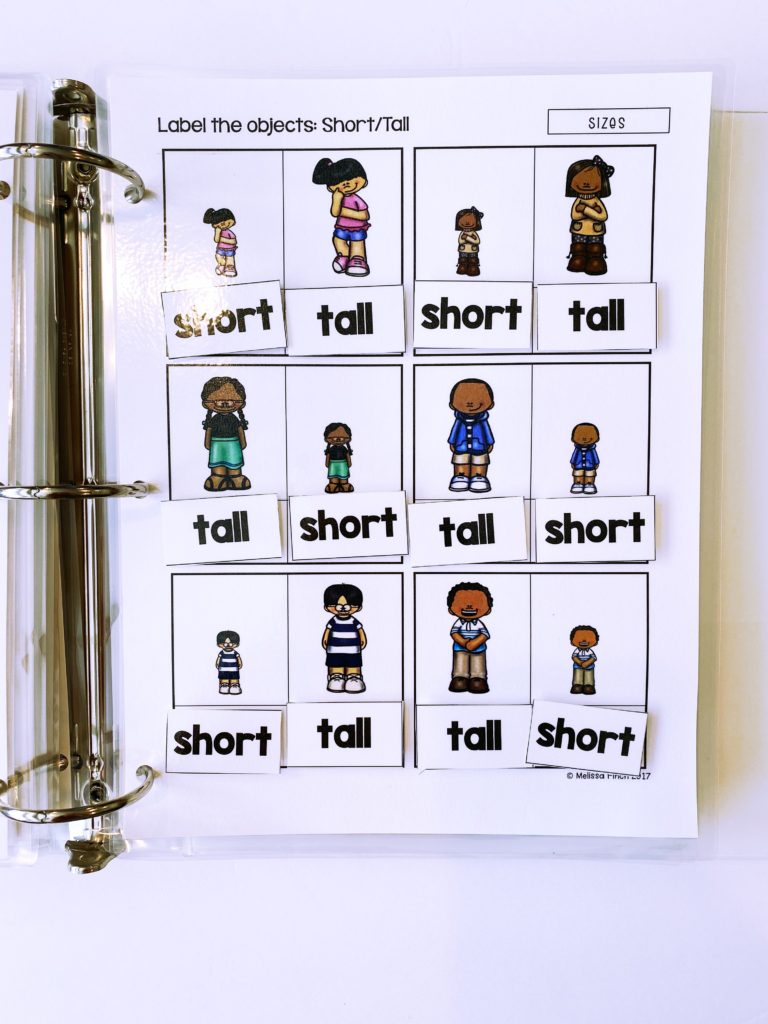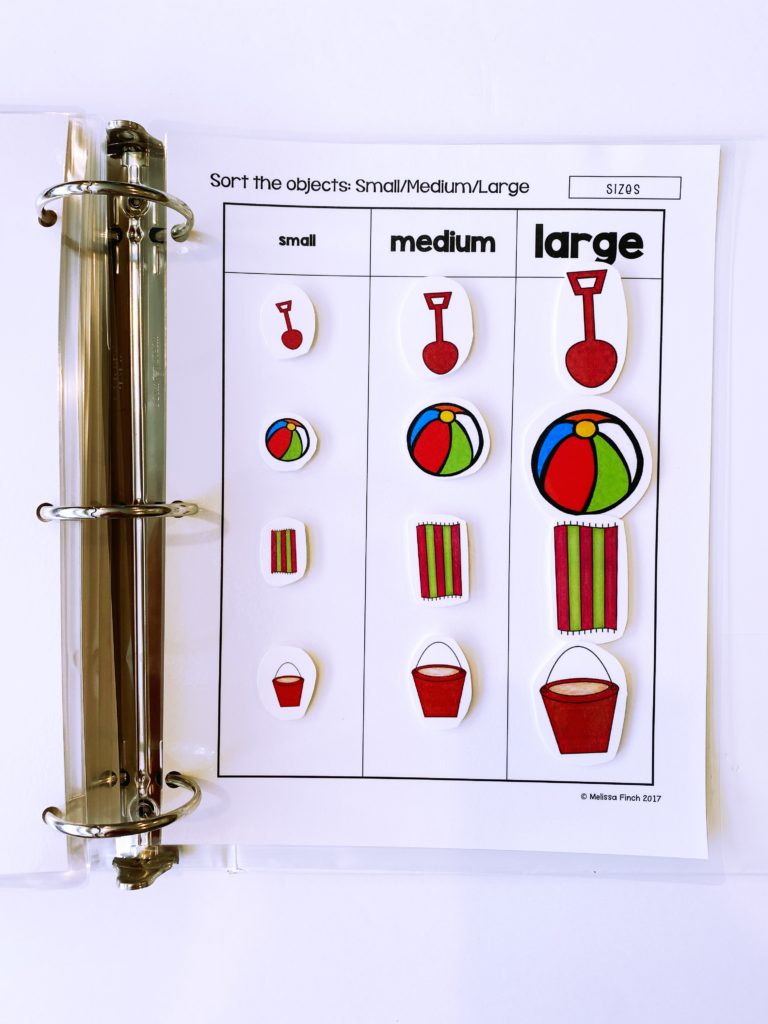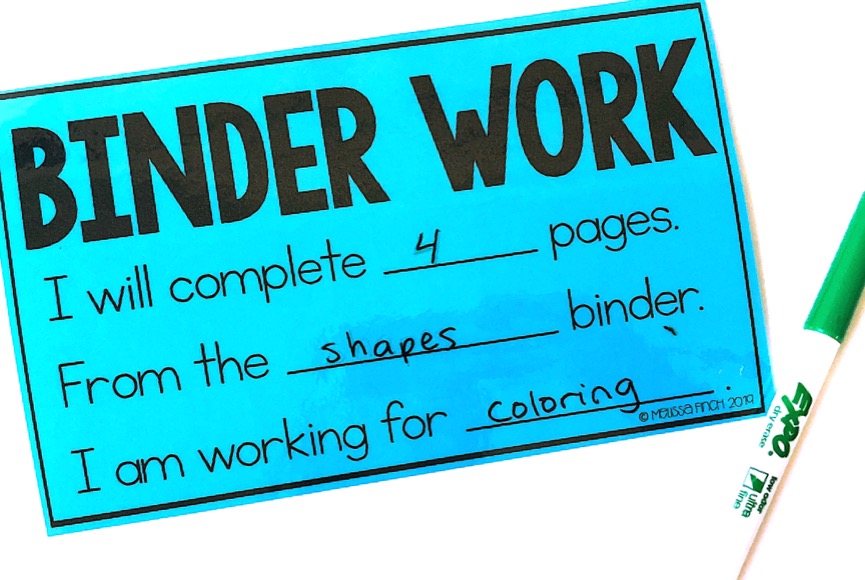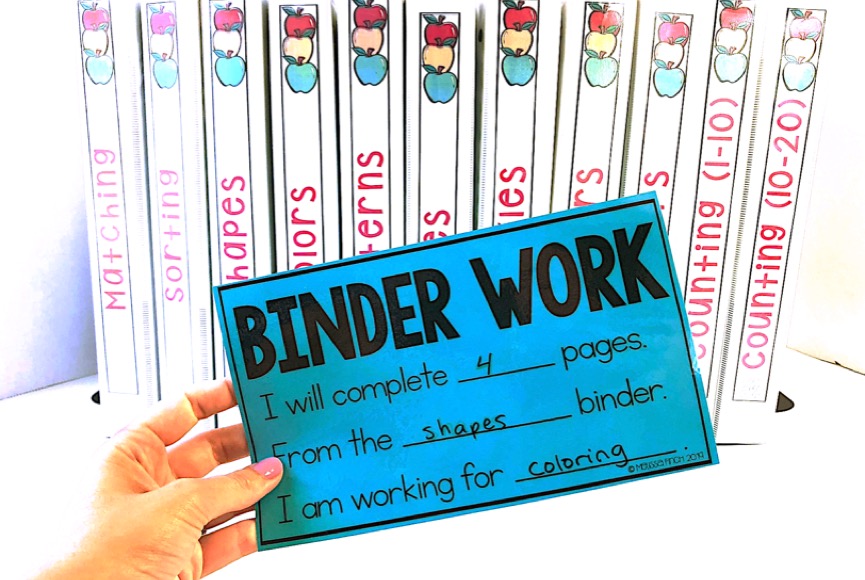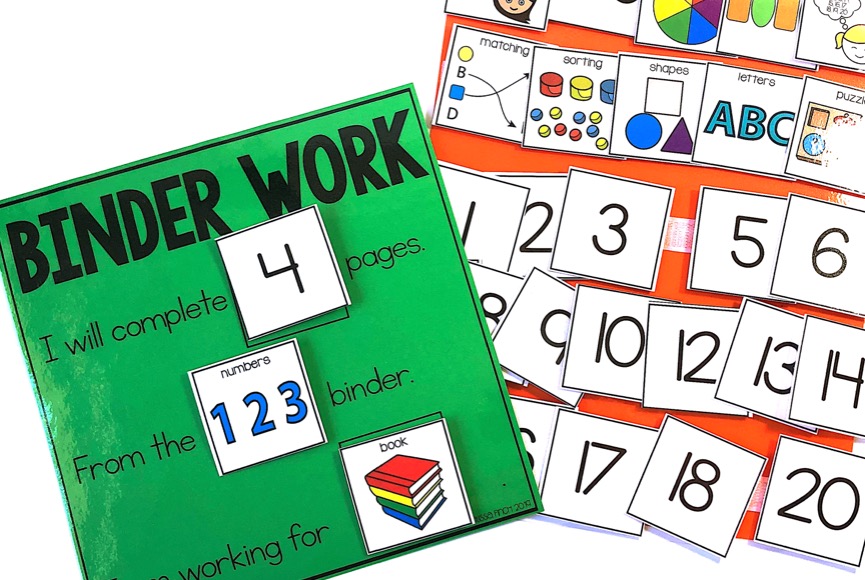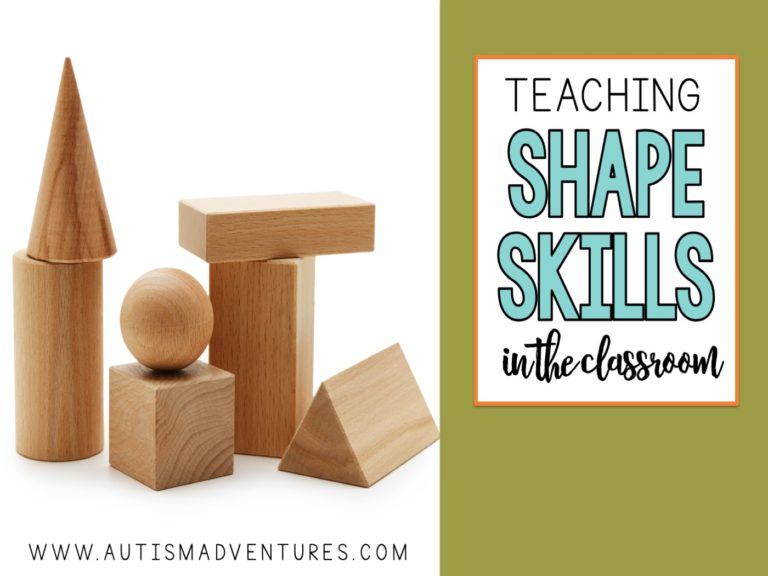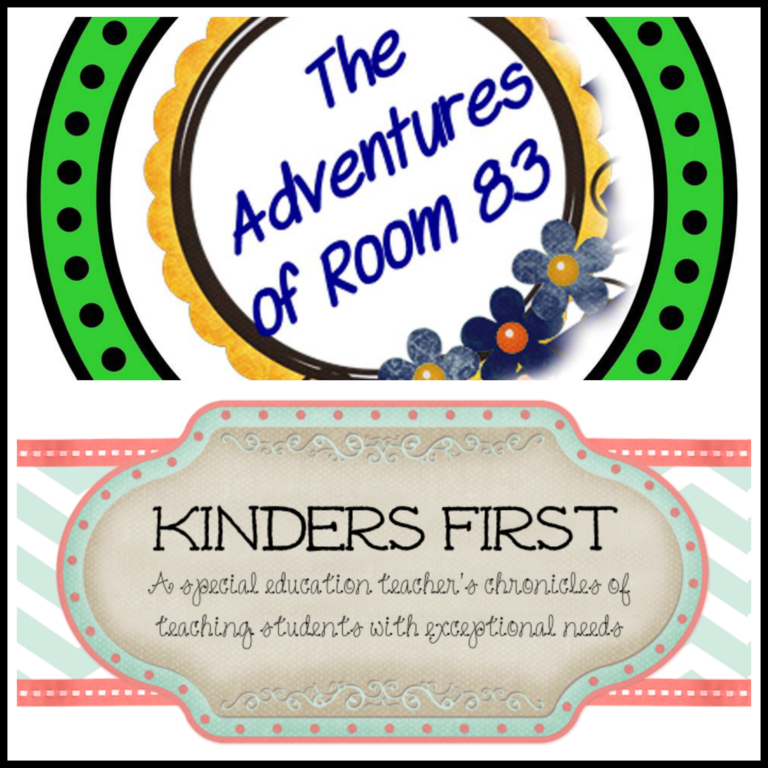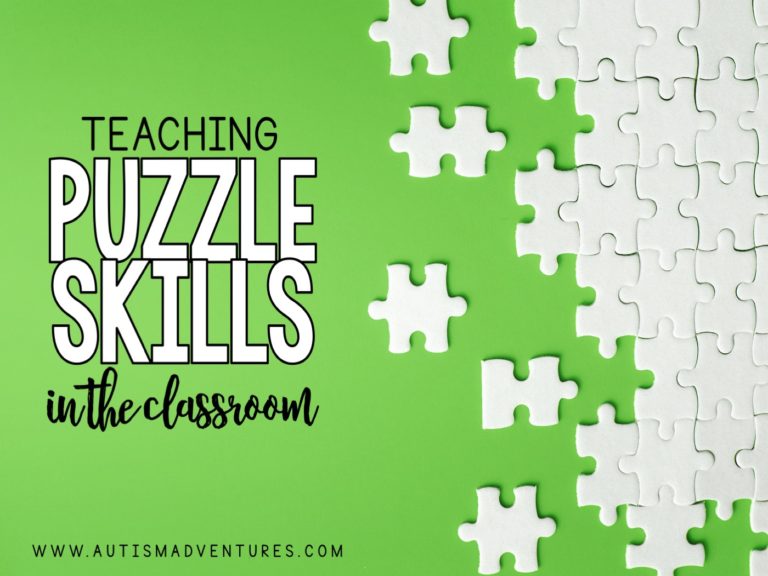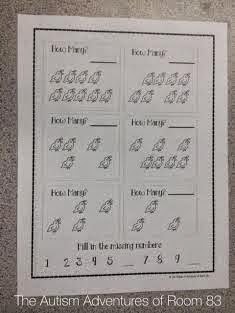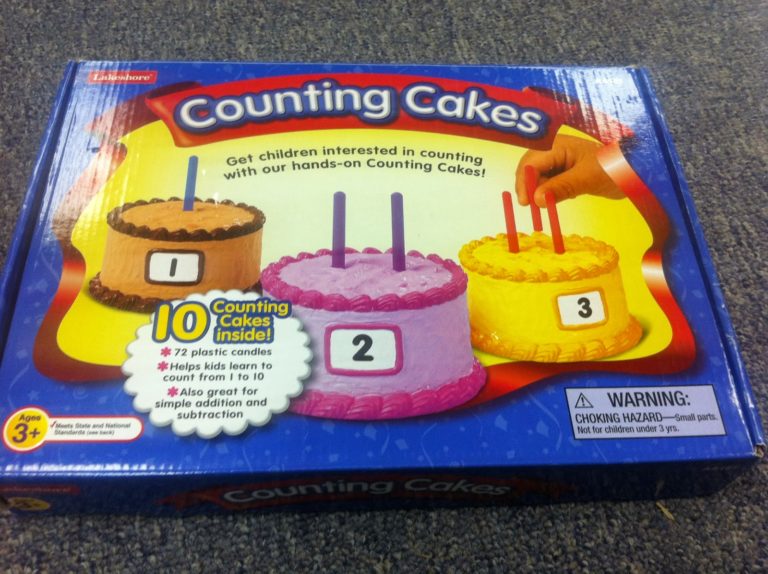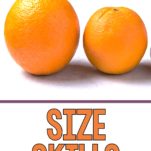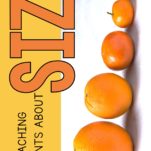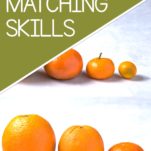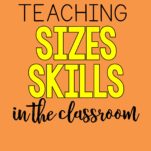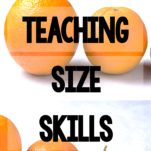Teaching Size Skills in the Classroom
Teaching basic skills is so important in any classroom. Teaching basic skills can be fun, hands on and educational all at the same time. Today’s blog post I am going to be talking all about size skills in the classroom, and why these skills are a crucial basic skill for students.
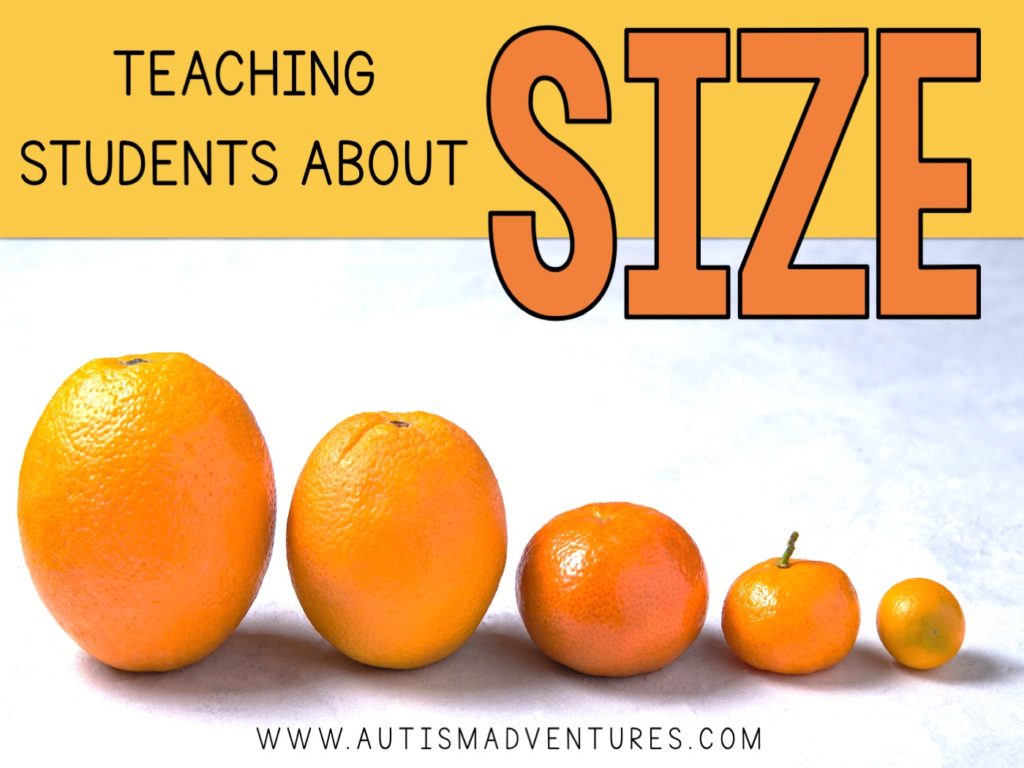
* This post may contain affiliate links. This means that if you click and end up purchasing, you pay no extra cost, but I earn a small fee for referring you.
Benefits of Mastering the Basic Skill of Sizes
When children begin learning about size skills (big/small, tall/short) and begin comparing them (“this is bigger than that; I am shorter than her”), they are exploring concepts of measurement. The very first understand that children gain is that items have attributes that can be measured. In the early years, learning about size involves length and weight; one of the best things about teaching measurement and size is that hands-on learning plays such a large part of children’s understanding.
When children understand measurement attributes and can compare those, they are able to apply this knowledge in other areas of math as well as other content areas.
How Understanding of Sizes Leads to Real-World Learning
Although children in the U.S. tend to score less well than their counterparts in other countries in measurement topics, measurement is likely the area of mathematics that is the most useful in the real world.
In the real world, we use measurement all the time:
- Cooking (measuring ingredients and selecting the appropriate oven temperature)
- Making estimations (like how long it would take to get from one place to another, based on distance)
- Determining whether we have a fever
- When we use money (the concepts of more and less are particularly important here!)
- Shopping (finding sizes)
Although we are focusing on sizes (big/small, short/tall, etc.) and comparing them, there are many other areas of measurement that are relevant to the real world. Included under the content umbrella of measurement are distance (length), weight, temperature, time, and money – all things that we use every day.
Activities to Build Understanding of Sizes in the Classroom
Young children first learn to compare sizes of objects by perception – whether they look the same or different. Then, they compare by placing the objects next to each other. Typically, children learn length first, then weight.
Children enjoy exploring materials in relation to size. One way to practice comparing materials by perception (just looking at them) is simply to collect some long, thin objects and present them to kids. Pick up two of the objects and ask children to tell you which one is different. Reinforce the terms shorter, taller, longer, small, and big.
Provide children with a “benchmark” item – a large paper clip, a crayon, an index card. Have them collect items (or sort items from a sorting box) that are shorter than the benchmark item, about the same as the benchmark item, and longer than the benchmark item.
You might also provide students with a collection of objects and jars or boxes labeled small, medium, and large. Craft pompoms, sorting bears, nuts and bolts, and candies are good for this sorting activity.
Ask children to bring in a collection of three objects, all of which can fit into a large ziplock bag. Have children sit in a circle. Ask them to organize their objects into size order (small, medium, large or the reverse). After children have done that and explained the order of their items, have the children rotate around three steps to a different collection of objects and re-order them.
Weight is another attribute that young children can measure. Often, they can just hold two items and tell which one is heavier or lighter. They also enjoy using a balance scale to measure the weight of objects.
The concepts of “more” and “less” are also part of measuring sizes; for young children, more and less describes quantity – the number of objects. We often teach children about more and less by presenting them with sets of objects and asking them “Which group has more? Which group has less?” When children first learn to do this, you might have them match the objects up in one-to-one correspondence so they can see which group has more. This concept of more and less provides the foundation for “greater than” and “less than” with whole numbers, fractions, and decimals.
Size Binder Tasks
I am a huge believer in binder tasks and file folder activities in the classroom. They may require a lot of prep in the beginning, but offer so many benefits for years to come.
This Binder Work System also focuses on size tasks! There are 59 interactive pages that can be used to practice learning sizes. A wide variety of size activities are included to meet the needs of all of your students! All of these binder task activities are non-seasonal, meaning they can be used year round!
This bundle includes matching tasks…
The Binder work system is great for early childhood programs, special education programs or autism classrooms/programs. The Binder Work system was designed to create a systematic routine system for students to work independently on already mastered skills that they learn at the math, reading, and writing centers/classes. This can be an every day work center/rotation within your classroom that requires no planning. To learn more about organizing and storing binder tasks, read this blog post HERE.
If you are looking for some free binder task visuals, click on the images below or read this old blog post HERE.
This product can be used 3 different ways:
- Print, laminate and assemble in binders for reusable interactive work tasks
- Assemble into file folder activities
- Print and use as cut and paste worksheets for extra practice/fillers
In Summary
Size skills are a fundamental skill that provides the foundation for learning in many different areas. Not only do children develop many pre-academic skills, size activities are just fun!
Like what you read? Don’t forget it, PIN IT!
